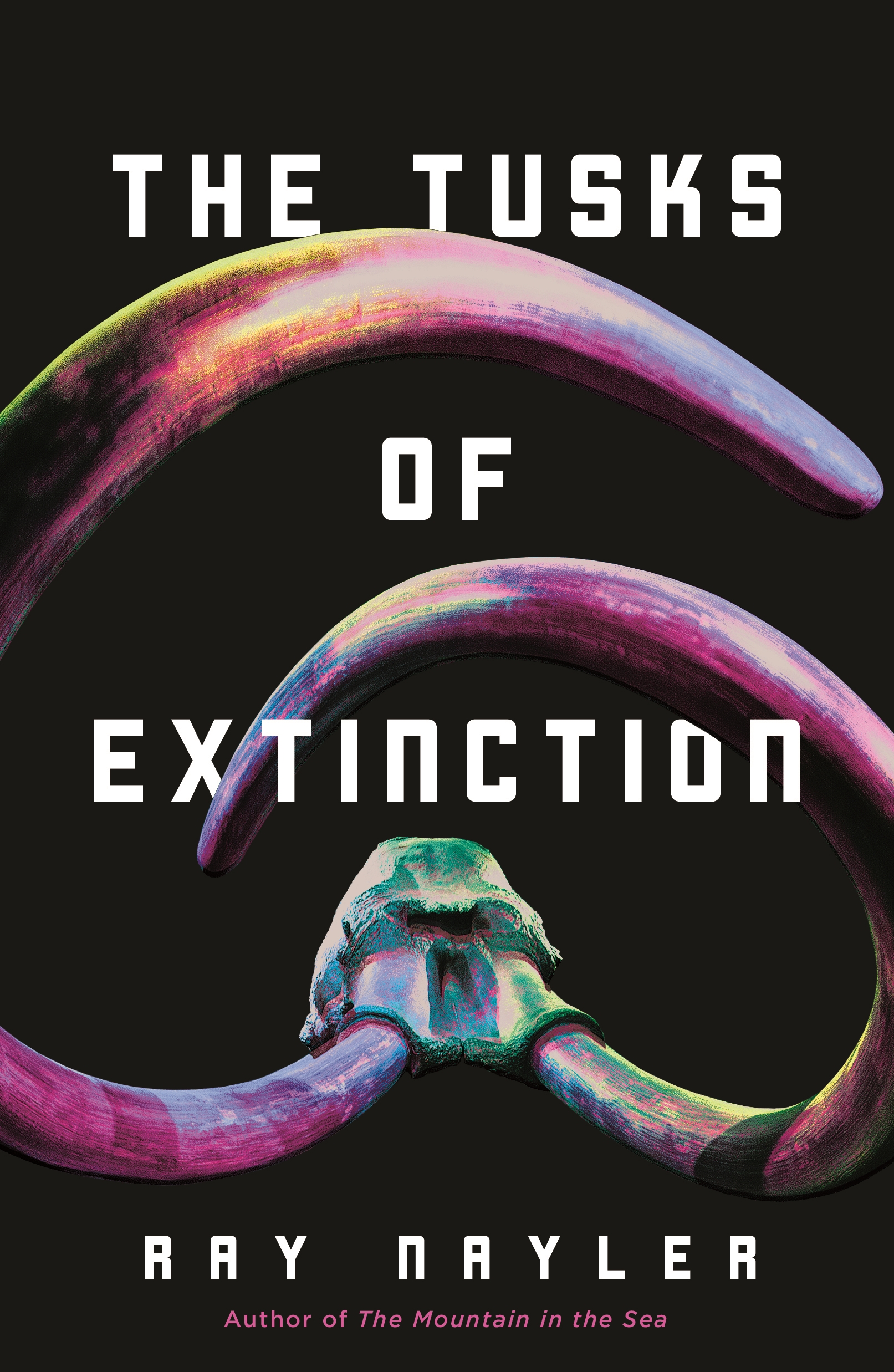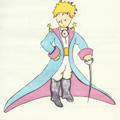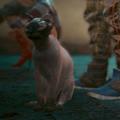Taylor Drew reviewed The Tusks of Extinction by Ray Nayler
An example of breathtaking cruelty
5 stars
This book isn't even 100 pages long, so I finished it in a single sitting, and I don't regret doing that. I loved Ray Nayler's debut novel and this short novella was just as great, if not better in many ways.
He tackles so many serious issues with such sincerity and depth despite the length and the multiple character perspectives really highlight the positionality of different people in society and how it affects their views and what they care about and their memories. Obviously what can't be ignored about this book is the idea that you can bring back extinct species and the underlying current of the climate crisis and humans and destruction, but those issues weren't really at the forefront of my mind as I was reading--they only came later.
This book showcases breathtaking cruelty, but also a heartbreaking kind of kindness too. Very good. Will buy …
This book isn't even 100 pages long, so I finished it in a single sitting, and I don't regret doing that. I loved Ray Nayler's debut novel and this short novella was just as great, if not better in many ways.
He tackles so many serious issues with such sincerity and depth despite the length and the multiple character perspectives really highlight the positionality of different people in society and how it affects their views and what they care about and their memories. Obviously what can't be ignored about this book is the idea that you can bring back extinct species and the underlying current of the climate crisis and humans and destruction, but those issues weren't really at the forefront of my mind as I was reading--they only came later.
This book showcases breathtaking cruelty, but also a heartbreaking kind of kindness too. Very good. Will buy whatever he publishes next.









